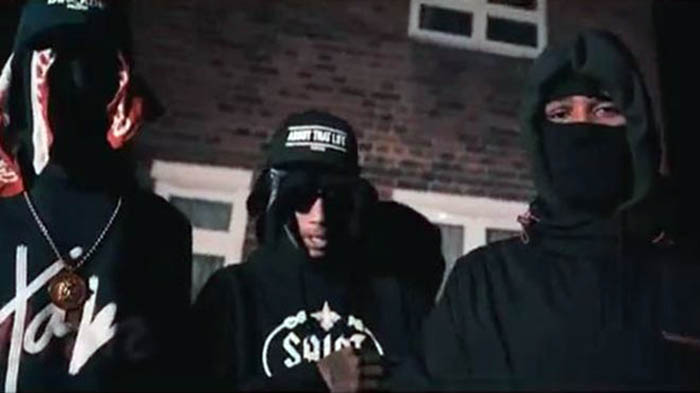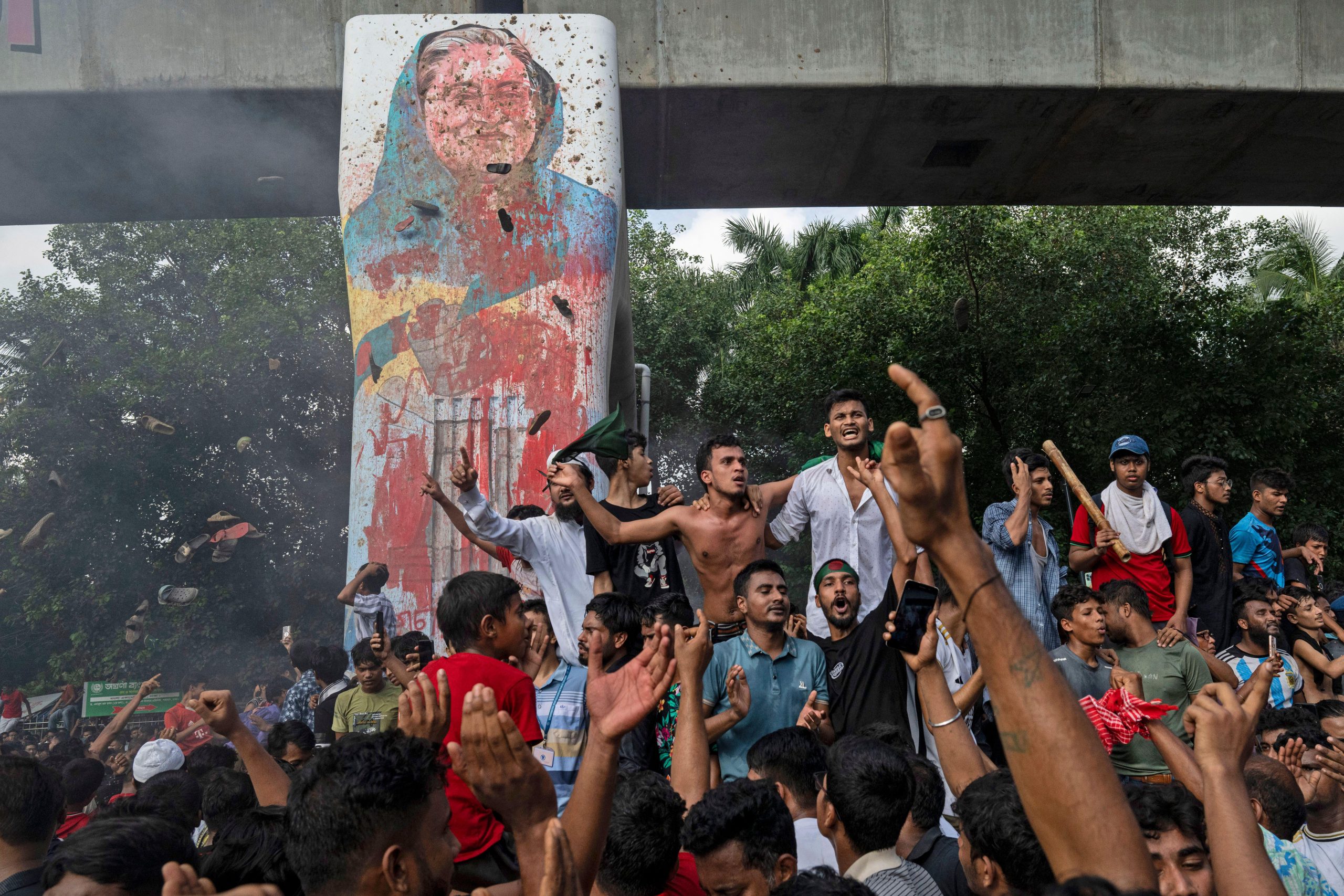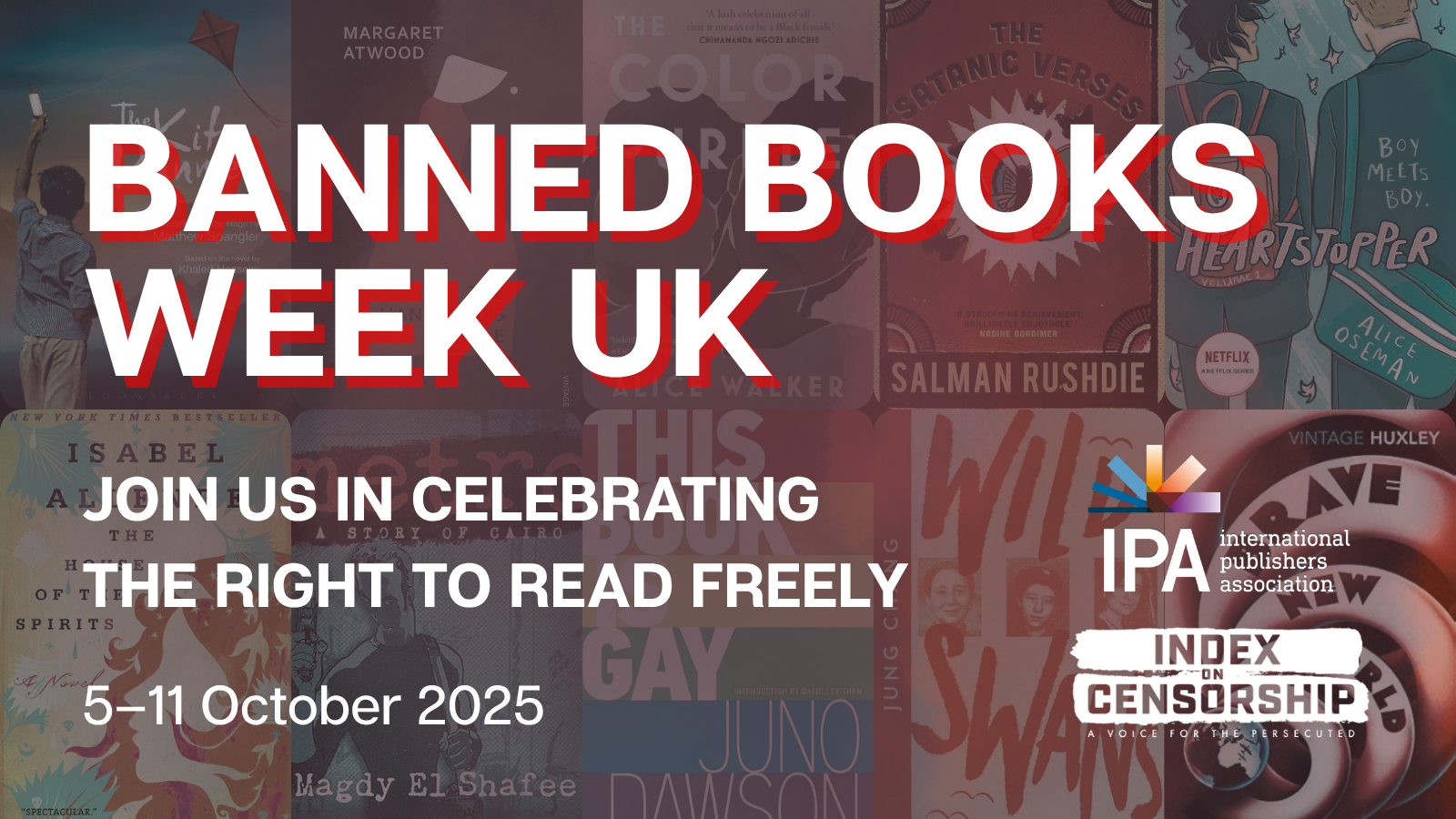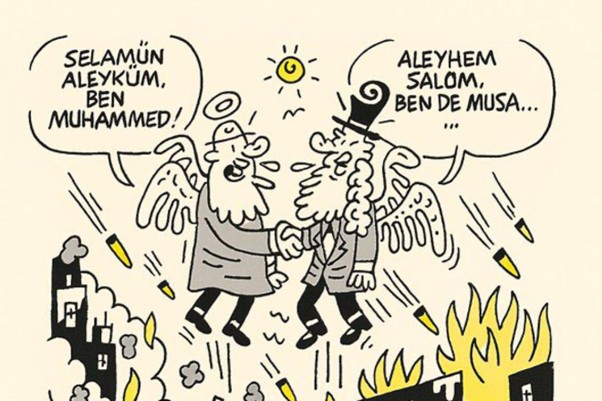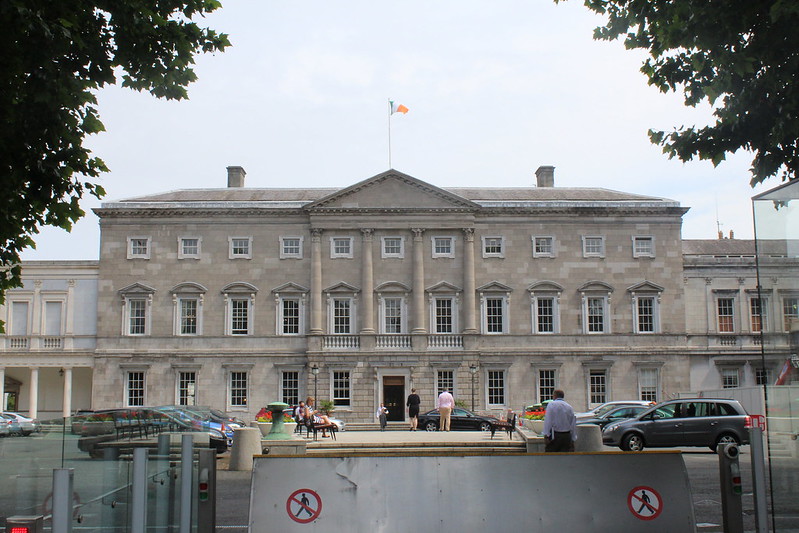The right to freedom of expression is considered by many to be a cornerstone of a modern democratic society. Countries that fail to adequately protect this hallowed right – routinely censoring journalists, writers and musicians whose speech challenges and offends those in power – are rightly regarded by the West to be the worst examples of dictatorial, autocratic regimes.
But right here in the UK, artists are fighting the censorship of their work by global corporations bowing to pressure from and, arguably, colluding with the state and its organs. In May of this year YouTube, the video streaming platform owned by Google, succumbed to pressure from the Metropolitan Police and took down 30 music videos made by drill artists. The Met had been trying to persuade YouTube for almost two years to take down between 50 and 60 videos, alleging the material was contributing to the increase in violent crime on London streets.
This attack on the freedom of expression of musicians who make drill music does not stop at the removal of their videos from YouTube. Defendants convicted in criminal cases may in the future be banned from making music for a period up to three years if the offender is under 18 and indefinitely for adult offenders under criminal behaviour orders[1]. Crucially, the prosecution can use evidence to support the making of an order that would not have met the strict rules of admissibility as in a criminal trial[2]. The threat to freedom of expression goes further. The Met have expressed publicly their intention to push for new legislation, similar to anti-terrorism laws, that will criminalise the making of drill videos.
Drill is not for everyone. The lyrics are violent. There is liberal use of expletives. Descriptions of acts of violence using knives and guns are common themes. The images portrayed in the accompanying videos are similarly hard-hitting. Large groups of mainly young, mainly black men can be seen inhabiting the screen wearing hoodies and tracksuit bottoms – the uniform of the young in some sections of society.
Drill DJs are not, however, pioneers of explicit lyrics and violent images in music. The genesis of what is known as drill in the UK today sprang from a trap-style rap that originated in Chicago in the early 2010s. The hip hop of the 1980s and the gangsta rap of the 1990s are all part of the same family tree of poetic verse poured over a thumping beat. Drill is a close relative.
Nor is it new to blame this type of music for inciting violence. In the 1990s C. Delores Tucker campaigned against violent lyrics aimed at women in rap music. Then, as now, there was little direct evidence of a causal link between rap music and particular acts of violence. What the critics of this music fail to grasp is that the lyrics of this genre of music are inspired by, and not the cause of, the violence that infects the lives of many of these young men.
Censorship of a form of music which affords an already marginalised minority a rare opportunity to express themselves publicly is an attack against their fundamental rights as human beings.
Looked at in its true context then, drill is less about inspiring violence and more about providing a narrative of lives defined by violence. They are telling the stories of their lives, minus the sugar-coating, just as other writers, poets and musicians have done before them.
The courtroom has often been the battleground of the clash between the values of the young minority against those of the old majority. In 1960 Penguin Books was prosecuted under the Obscenity Act 1959[3] for the publication of a book entitled Lady Chatterley’s Lover. The prosecution’s case was that the book had a tendency “to deprave and corrupt” those who read it in daring to portray the affair of a married woman with the family’s gamekeeper. Penguin Books was acquitted[4].
In 1971, the publishers of a satirical magazine were prosecuted when an issue of the magazine featured a sexualised cartoon of the children’s literary character Rupert the Bear. Known as the Oz trial, the three defendants were convicted by the Crown Court but were then acquitted on appeal[5].
Today, UK common law has arguably been strengthened by the enactment of the Human Rights Act 2000 by enshrining in law article 10 of the European Convention of Human Rights[6]. One former Court of Appeal judge said this of the importance of freedom of expression: “Free speech includes not only the inoffensive but the irritating, the contentious, the eccentric, the heretical, the unwelcome and the provocative provided it does not tend to provoke violence. Freedom only to speak inoffensively is not worth having.”[7]
You or I may not wish to stream drill music videos on our mobile device. Many people may find the content offensive. The videos may even be performed by individuals who are suspected of a crime or have criminal convictions[8]. None of this should confer on the state, aided and abetted by global corporations, a wide-ranging power that ultimately infringes the right of musicians to express themselves freely.
This censorship of a form of music which affords an already marginalised minority a rare opportunity to express themselves publicly is an attack against their fundamental rights as human beings.
We all need to sit up and take notice.
1. Under Part 2 of the Anti-social Behaviour, Crime and Policing Act 2014. Such an order may contain requirements for the defendant to inform the police of any activity that may be in breach of the order. The order may be varied, reviewed or discharged. Breach of the order is in itself a criminal offence.
2. An CBO was made recently against 1011 members Micah Bedeau, Jordean Bedeau, Yonas Girma, Isaac Marshall and Rhys Herbert. They are required under the CBO to inform the police 24 hours in advance of their intention to publish any videos online and are required to give a 48 hours warning of the date and locations any live performance.
3. The 1959 Act is still on the statute books.
4. R v Penguin Books Ltd. [1961] Crim LR 176.
5. R v Neville, Dennis & Anderson, The Times, 24 June 1971.
6. Article 10 (1) ECHR states: “Everyone has the right to freedom of expression. This right shall include freedom to hold opinions and to receive and impart information and ideas without interference by public authority and regardless of frontiers. This article shall not prevent states from requiring the licensing of broadcasting, television or cinema enterprises.” Article 10 (2) sets out limitations to this right.
7. Sir Stephen Sedley in Redmond-Bate v Director of Public Prosecutions [1999] Crim LR 998.
8. A number of successful high-profile rap artists have criminal convictions.

